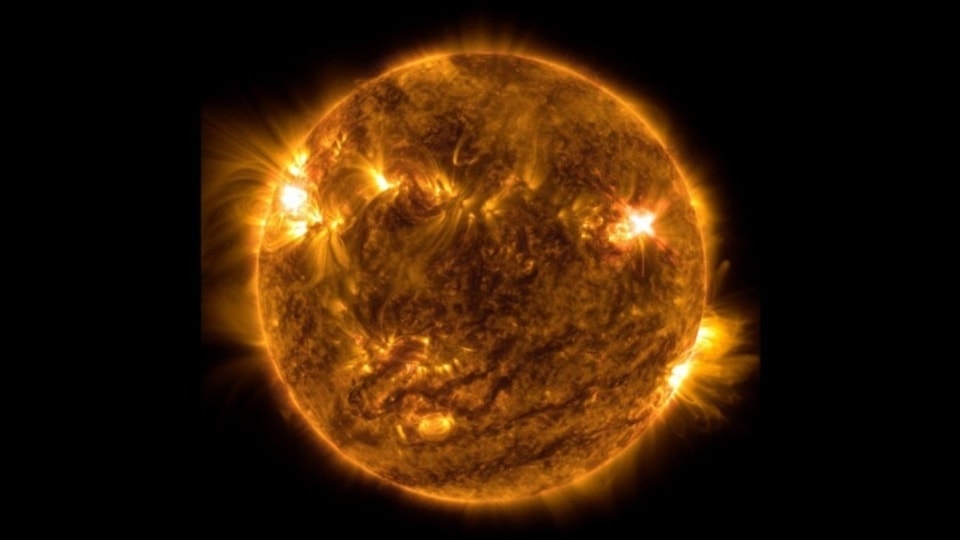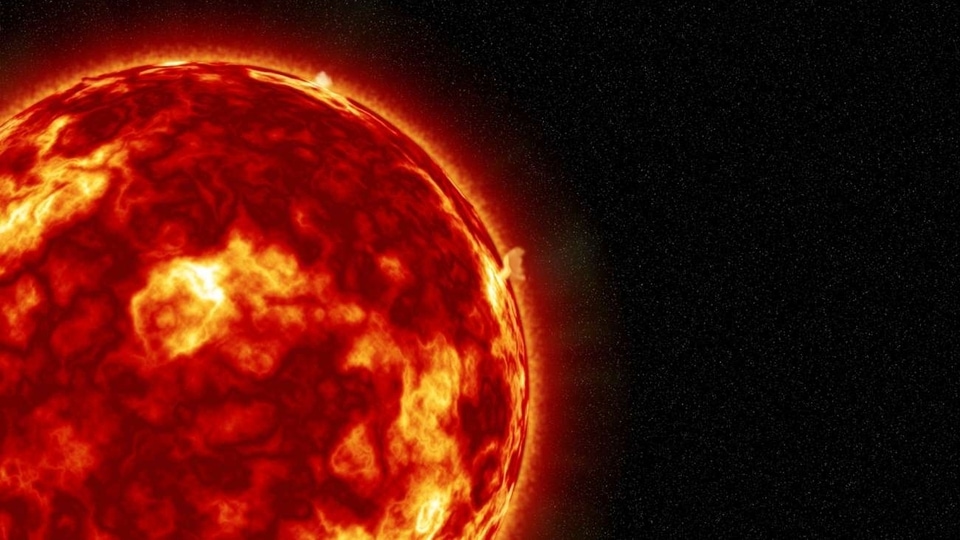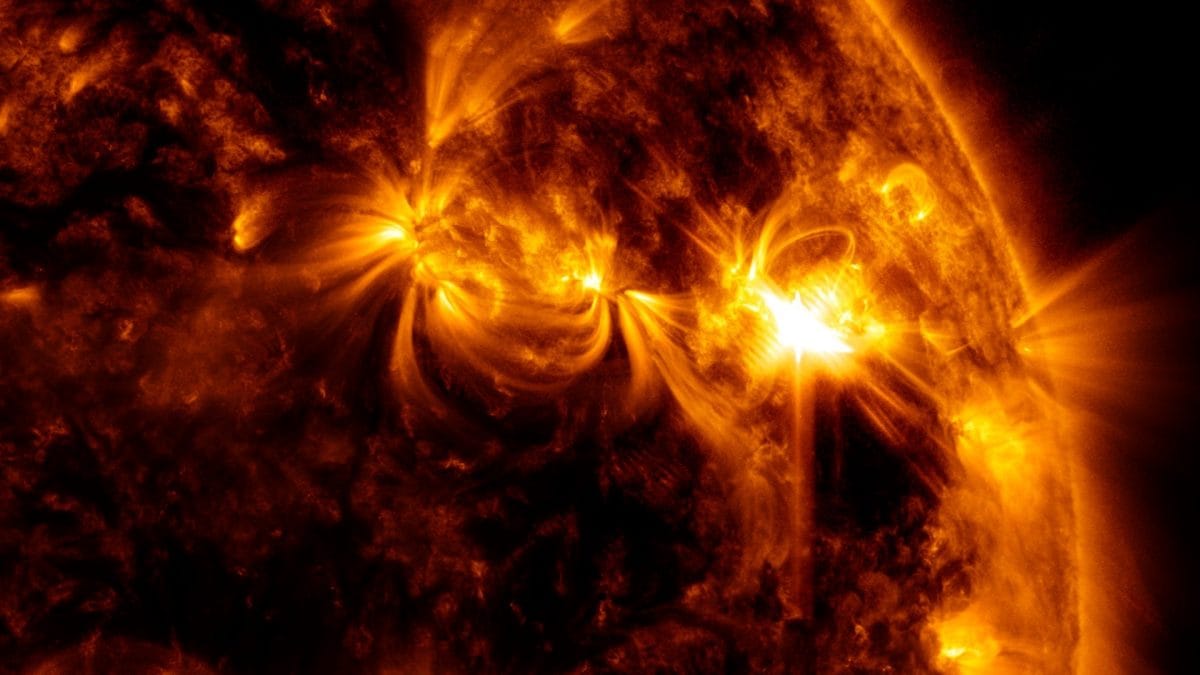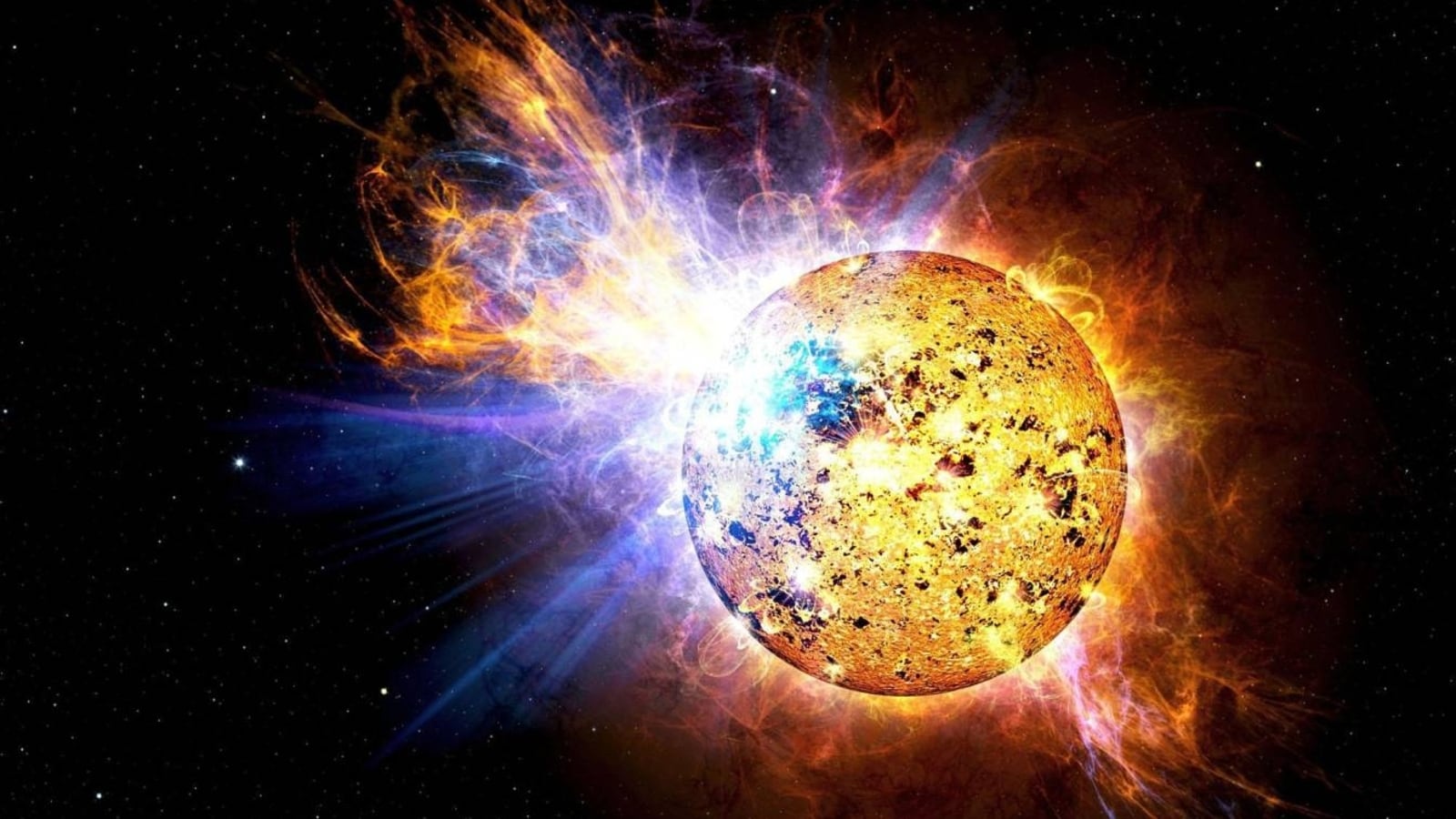Shocking! CME with SEVERE solar storm potential hits Solar Orbiter satellite at 1500 km per second
A farside CME struck the European Space Agency’s (ESA) Solar Orbiter at the speed of 1500 km/s. The CME was powerful enough to spark a severe solar storm on Earth. Check details.






 View all Images
View all ImagesAfter the Earth was struck by two different coronal mass ejection (CME) clouds in successive days, many believed this was the end of the Sun's assault during the week at hand. But another event has shocked the astronomy community. On July 26, a farside flare eruption released an extremely powerful CME and it hit the European Space Agency (ESA) operated Solar Orbiter satellite. Luckily, the CME cloud delivered a glancing blow as it was moving in a different direction, but if it was Earth-directed it could have sparked a severe solar storm event owing to its incredible intensity.
According to a report by SpaceWeather.com, “Two days ago, a bright CME rocketed away from the farside of the sun. Its plane-of-sky speed in SOHO coronagraph images exceeded 1,500 km/s. If this CME had hit Earth, a strong (possibly severe) geomagnetic storm would have surely resulted. Instead, it flew in the opposite direction and hit Europe's Solar Orbiter (SolO) spacecraft”.
CME strikes Solar Orbiter
This particular CME was recorded traveling at an extreme speed. The report mentions that usually, a CME would take 2 to 3 days to reach where the Solar Orbiter was placed, but it made that journey in just 32 hours. Astronomers are calling it a big solar event, even if the Earth was not involved.
George Ho, a professor at Johns Hopkins Applied Physics Lab, and the co-principal investigator for the Energetic Particle Detector suite on Solar Orbiter, told SpaceWeather, “During the 1989 Quebec blackout, it was this type of shock-driven particle increase during the CME arrival that knocked off the power”. According to post-collision data from the Orbiter, 50 MeV ions reached the spacecraft, an increase 10,000 increase from normal.
So far, it is not clear whether the Solar Orbiter suffered any damage, but we expect to find out in the coming days.
If a solar storm of similar intensity were to hit the Earth, it can disrupt GPS, hamper mobile networks and the internet, and even cause a massive power outage by corrupting the power grids. Even the electronic devices on Earth are not safe from malfunctioning.
Solar Orbiter's protection from solar storms
At the heart of this protective technology is the heat shield. The heat shield is a 10 feet tall and 8 feet wide sandwich-like structure. The front layer has thin sheets of titanium foil, followed by a honeycomb-patterned aluminum base, covered in more foil insulation. The nearly 10-inch gap in the shield funnels heat out to space. A smaller, second gap lies between the inner slice and the spacecraft.
Catch all the Latest Tech News, Mobile News, Laptop News, Gaming news, Wearables News , How To News, also keep up with us on Whatsapp channel,Twitter, Facebook, Google News, and Instagram. For our latest videos, subscribe to our YouTube channel.





























